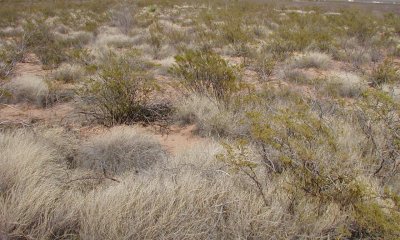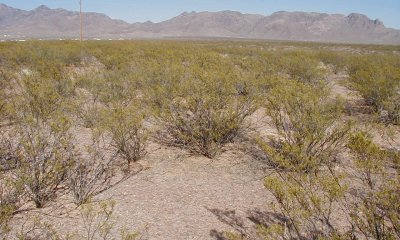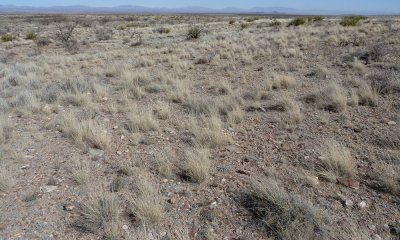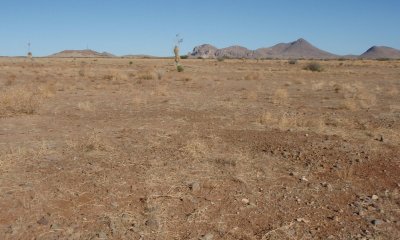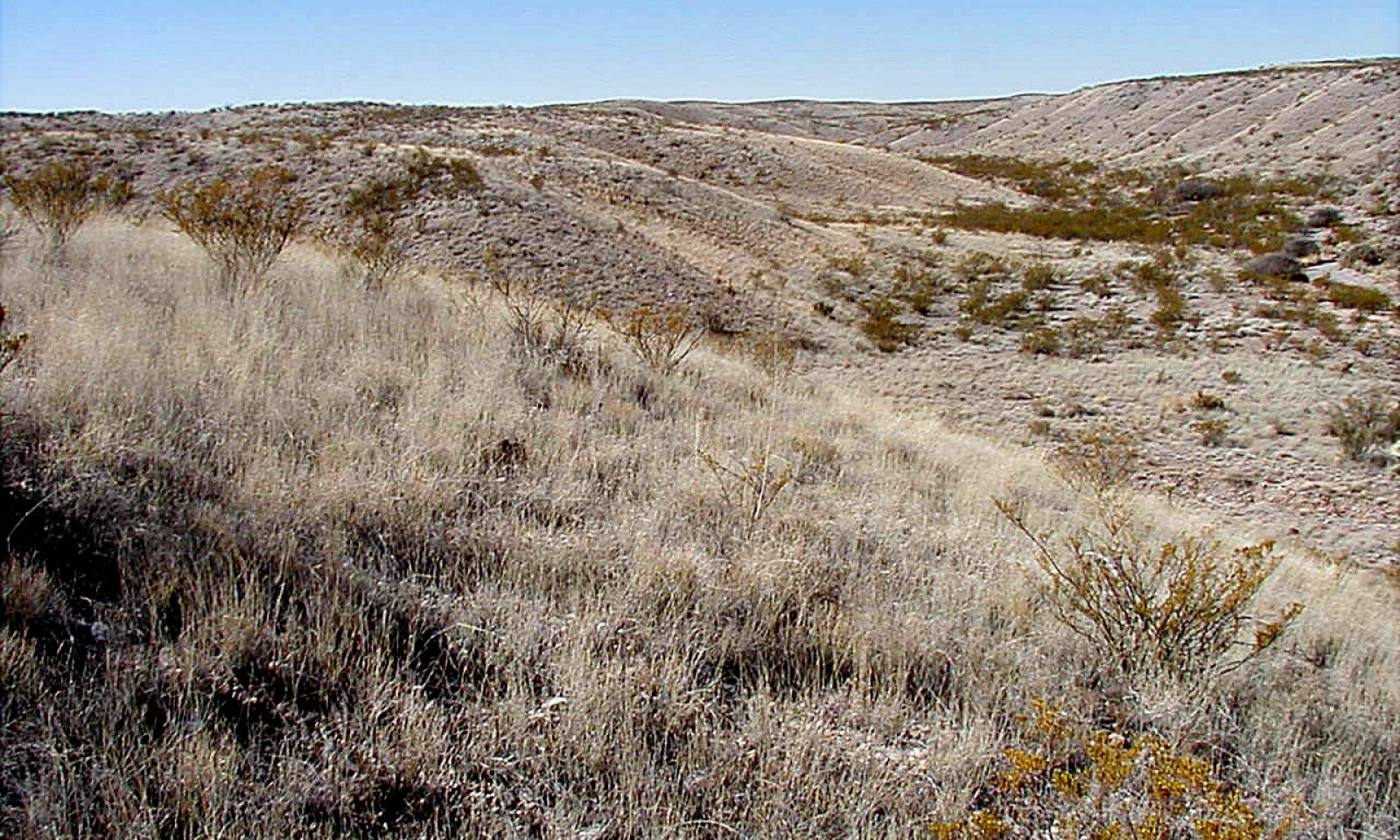
Gravelly
Scenario model
Current ecosystem state
Select a state
Management practices/drivers
Select a transition or restoration pathway
- Transition T1 More details
- Restoration pathway R1 More details
- Transition T2 More details
- Restoration pathway R2 More details
- Restoration pathway R3 More details
- Transition T4 More details
-
No transition or restoration pathway between the selected states has been described
Target ecosystem state
Select a state
Submodel
Submodel
Description
Creosotebush (12-30%), bush muhly (0-15%), few intershrub grasses, moderate soil loss
Description
Perennial grasses (3-20%), creosotebush (0-12%). Typically a product of shrub removal via herbicides
Mechanism
Continuous heavy grazing, thinning and patchy loss of black grama or other important grasses, shrub proliferation
Mechanism
Shrub control associated with grazing deferment or prescribed grazing; weather patterns permit recovery of black grama or other reference grasses
Mechanism
Loss of remaining interspace grasses, gradual loss of soil organic matter, infill of shrubs, and soil erosion
Mechanism
Shrub control after grass becomes sparse or followed by poorly planned grazing
Mechanism
Shrub control after soil loss is significant, precluding substantial grass recovery
Model keys
Briefcase
Add ecological site groups and Major Land Resource Areas to your briefcase by clicking on the briefcase (![]() ) icon wherever it occurs. Drag and drop items to reorder. Cookies are used to store briefcase items between browsing sessions. Because of this, the number of items that can be added to your briefcase is limited, and briefcase items added on one device and browser cannot be accessed from another device or browser. Users who do not wish to place cookies on their devices should not use the briefcase tool. Briefcase cookies serve no other purpose than described here and are deleted whenever browsing history is cleared.
) icon wherever it occurs. Drag and drop items to reorder. Cookies are used to store briefcase items between browsing sessions. Because of this, the number of items that can be added to your briefcase is limited, and briefcase items added on one device and browser cannot be accessed from another device or browser. Users who do not wish to place cookies on their devices should not use the briefcase tool. Briefcase cookies serve no other purpose than described here and are deleted whenever browsing history is cleared.
Ecological site groups
Major Land Resource Areas
The Ecosystem Dynamics Interpretive Tool is an information system framework developed by the USDA-ARS Jornada Experimental Range, USDA Natural Resources Conservation Service, and New Mexico State University.

